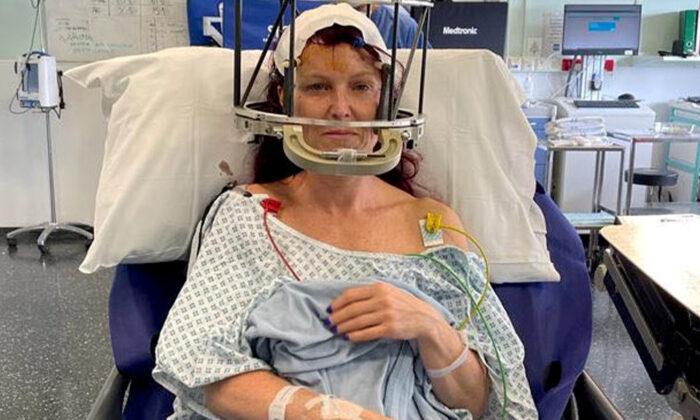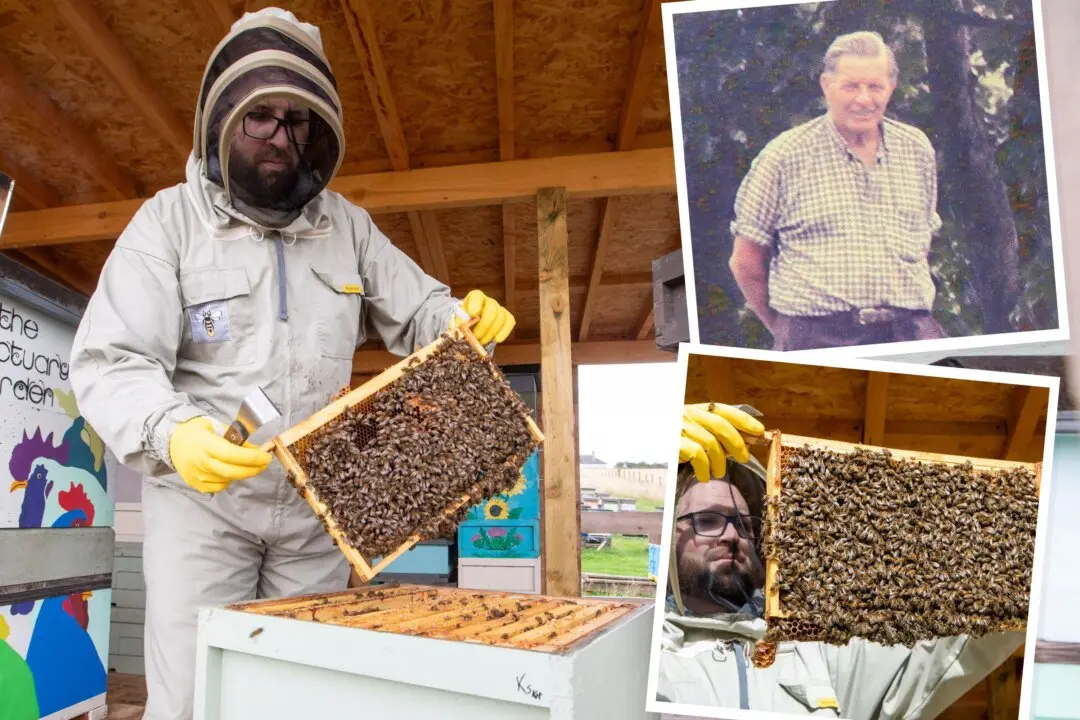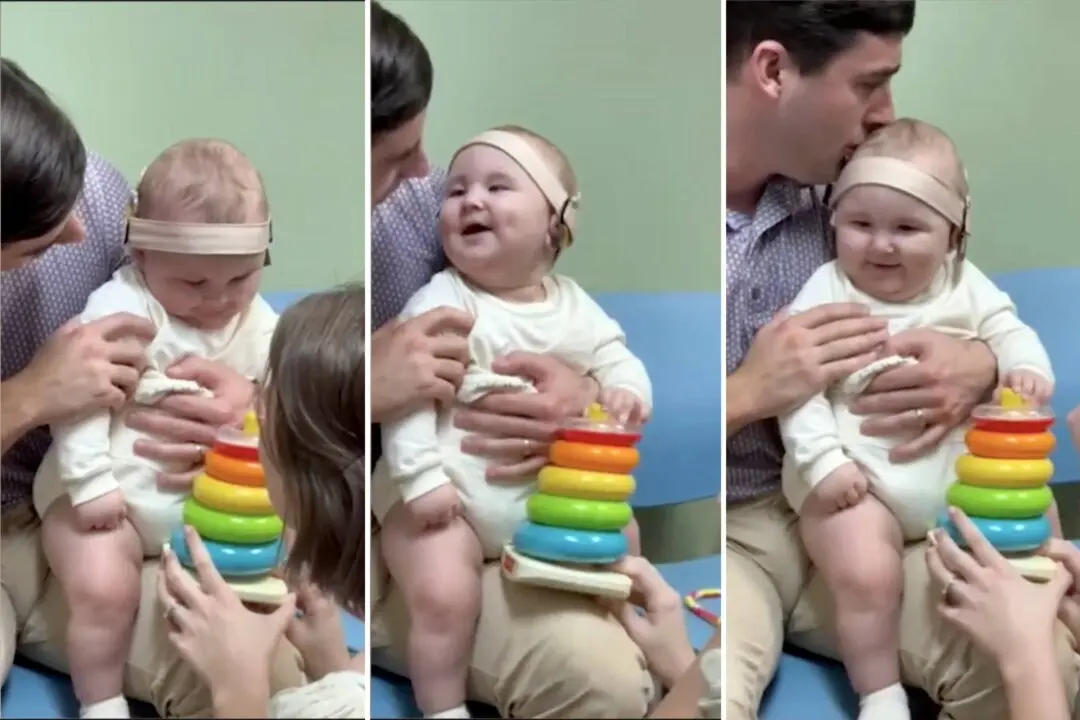Donna Marshall, 54, said the side effects, which started in her mid-20s, included a loss of taste and an inability to drink caffeine. Marshall underwent deep brain stimulation surgery in the first week of April this year, which includes the placement of a device in her brain that targets certain areas. The hope is that the device will ease the pain of some of her symptoms.
The disease is more commonly known for creating problems like shaking and stiffness. But Marshall, from Tunbridge Wells in Kent, England, says her symptoms even led her to spend thousands on an extravagant Halloween display as her OCD spiraled out of control.

The loss of smell was the first thing she noticed, coming years before her actual diagnosis.
“The sense of smell went first of all, I was about 26," Marshall said. ‘'I didn’t think very much of it, and with that you get a lack of taste in food.”
Other symptoms didn’t start to show for another 16 years when Marshall was out walking on a New Year’s Eve and noticed her hand shaking.
“I was walking along the beach on the Isle of White. I looked down at my hand, and it was shaking, I wondered why that was. Obviously, now I know, it was Parkinson’s,” Marshall said.

An intolerance to stimulants, such as caffeine and sugar, are another of the many symptoms of the disease Marshall has had to learn to deal with. “Any stimulant is no good for me, so any caffeine, sugar, obviously that’s in beer. ... Anything like that will stimulate and heighten Parkinson’s,” she said.
One of the least known impacts of Parkinson’s is OCD, which can be a side effect of the medication needed to combat the disease. Since being diagnosed, Marshall has met a number of people who also struggle with OCD.
The OCD that Marshall suffers from came into full force last Halloween when she decided to turn her garden into a haunted attraction.
Marshall said: “Normally people would just put a pumpkin out. I went the full hog. I spent thousands of pounds on professional dancers, I converted the front garden into a huge, great big graveyard. It was fantastic, all the kids loved it, but I didn’t need to go that far and that’s what it [OCD] does unfortunately.”

Marshall’s mother, Margaret, also suffered from Parkinson’s, and she had to watch the disease take hold of her. Margaret passed away, aged 80, after she was left in a vegetative state for the final six years of her life.
“They fed her through a feeding tube, which looking back at it is the worst thing that could have happened to her," Marshall said. “She remained alive only through medical intervention, and then the decision to take that tube away sat on us as a family, which is just the worst thing anyone had to do.”
Marshall tries to make sure her daughter, Beau, aged 9, does not see the debilitating side of the disease. “I wake up early and take my pills on the sofa watching TV until I’m ready for business as normal,” she said.

The worst symptom Marshall claims she suffers from is dystonia, a neurological disorder that drastically affects her day-to-day life. Dystonia includes a range of muscle spasms that cause physical discomfort and pain, and can sometimes last for hours.
She said: “The worst part of having Parkinson’s for me is the dystonia because my foot cramps up and then my back cramps up. I can’t walk at all, I can’t even put one foot in front of the other. The hardest thing for me is not being able to follow a normal lifestyle. ... Everyday things that you would normally do [are] difficult for someone with Parkinson’s. Just walking up the stairs, just making a cup of tea, feeding yourself, all those things.”
She advises people who are diagnosed with Parkinson’s at a young age to try and find others suffering from the disease to talk to, adding that the disorder “manifests itself in a different way” when the person gets older.





